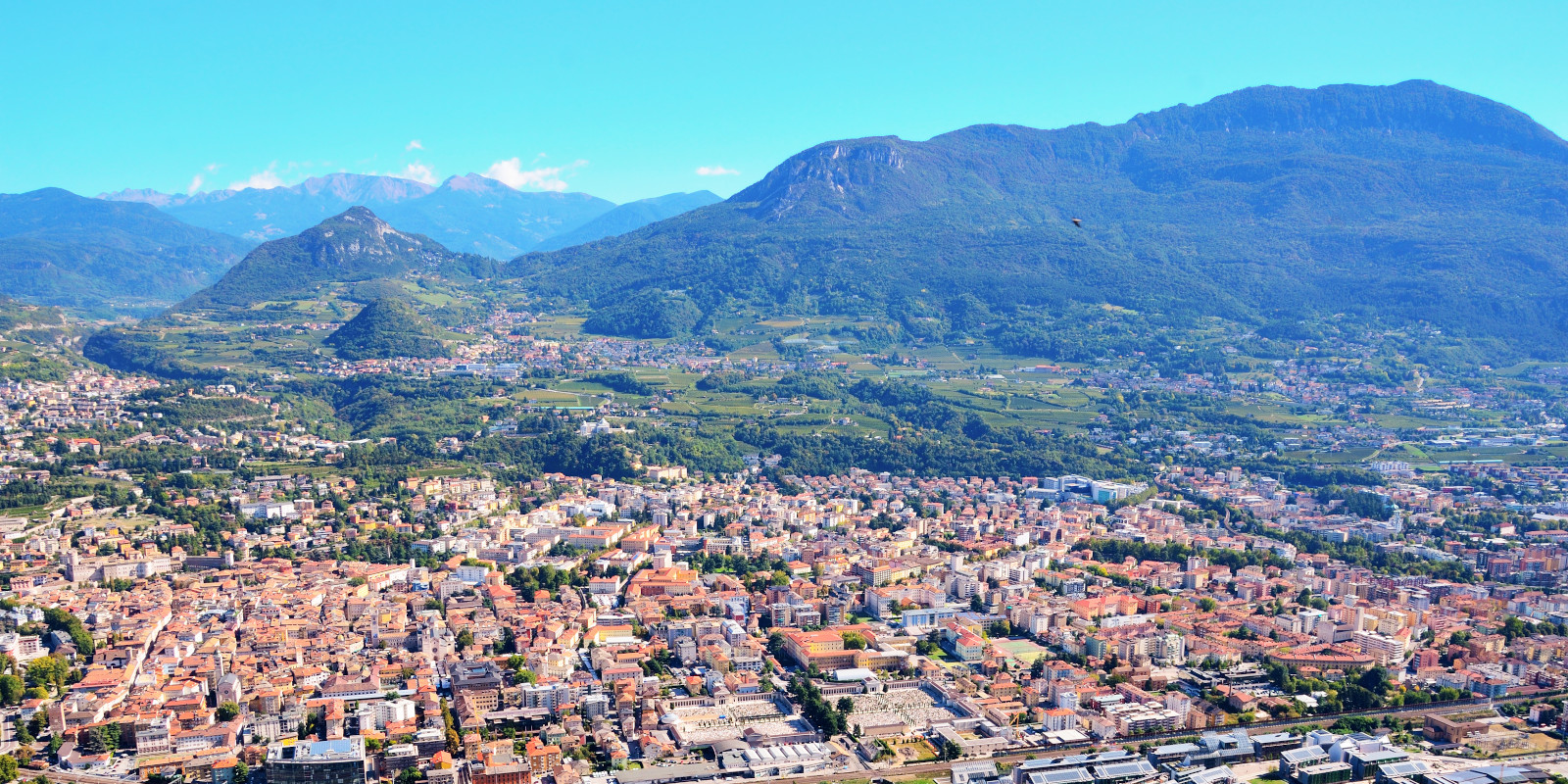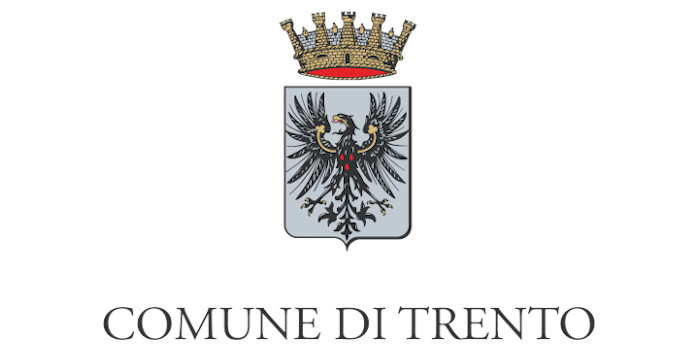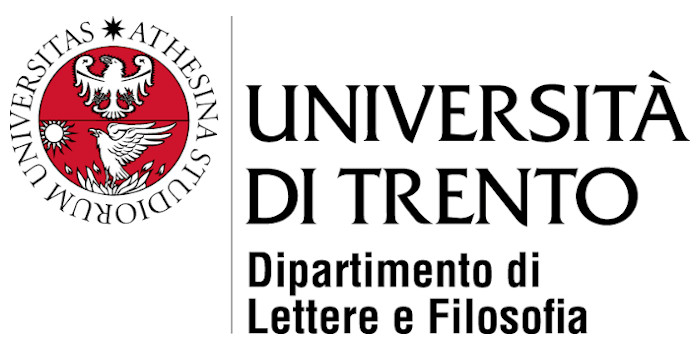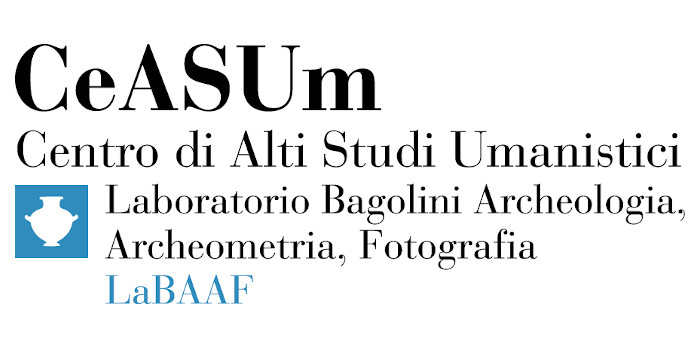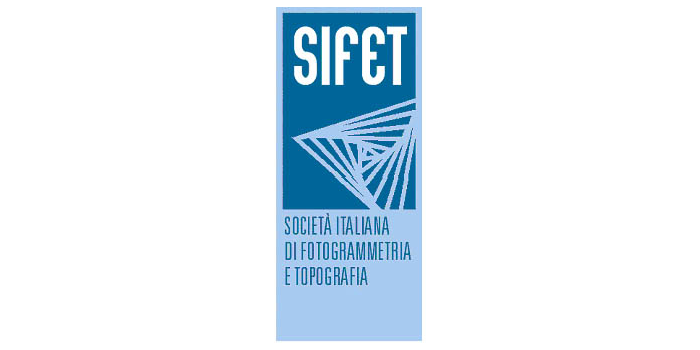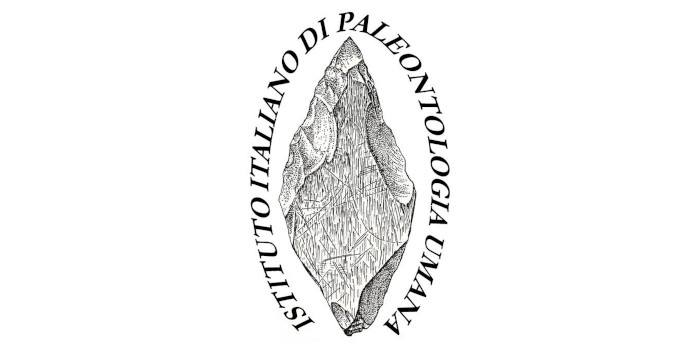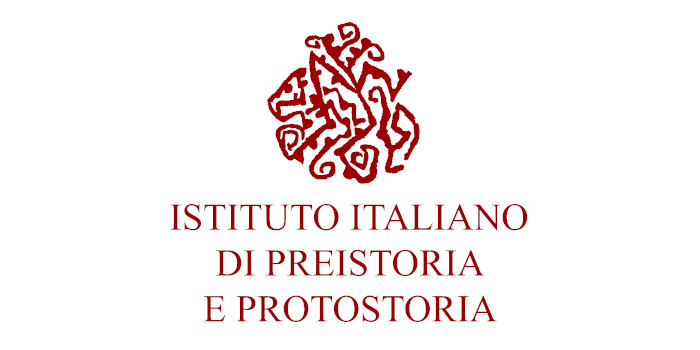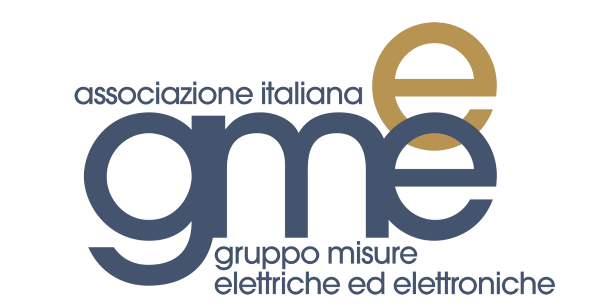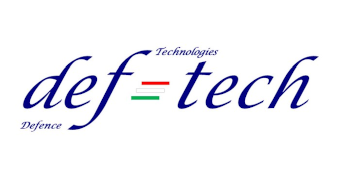IN-SITU DIFFERENTIATION OF BLACK ROCK PAINTINGS IN THE PALAEOLITHIC CAVES
Ina Reiche
Research director at PCMTH team, Institut de recherche de Chimie Paris (IRCP)
Centre de recherche et de restauration des musées de France (C2RMF) - UMR 8247 CNRS
ABSTRACT
Prehistoric cave art represents a key marker for a better understanding of the evolution of mankind. Interdisciplinary approaches using methods from archaeology, geology, biology, chemistry and physics have addressed many questions about the environment of these archaeological sites, the dating and the material nature of the decorated walls. The combination of these results allowed the field to reach conclusions about the cultural and technical practices and improved our knowledge of our distant ancestors. However, cave art still remains mysterious, despite the fact that it has been the subject of many interpretations.
Physico-chemical analyses of the painted works have also been applied for thirty years to the archaeological parietal representations, such as those found in prehistoric caves. The analysis of the constituting materials of these drawings and paintings (nanosized iron oxides for the reds and yellows, nanocrystalline manganese oxides and charcoal for the blacks) ultimately reveals characteristics that provide insight into the artistic techniques and cultural practices of prehistoric humans. Analysing cultural materials also gives information on alteration processes. The knowledge acquired this way is valuable, as it provides original information that is impossible to obtain by another means.
The availability of new and advanced physicochemical techniques allowed for a renewal of the research on cave paintings. The research started with analyses carried out on samples from the paints, archaeological artefacts and raw material. They showed the existence of precise recipes of "paint pots" consisting of pigments, extender and binder. In some cases, the results allowed for an analysis of the creation sequence of the prehistoric figures. In other cases, the pigments were differentiated depending on characteristics related to their geological origin (trace elements).
Elementary analyses are used to answer questions such as the differentiation of parietal representations presenting the same mineralogical phase, the origin of raw materials, or the determination of the sequence of production.
The fragile nature of cave art has been known since its discovery. Strict conservation procedures have been applied to protect these UNESCO world heritage listed paintings. The awareness of the fragility of important cultural artefacts has led to a rapid transition from destructive studies to micro-sampling and then finally to non-invasive analyses, carried out in situ. Thus, portable X-ray diffraction, Raman spectroscopy and XRF have been used for the characterization of the paint layers directly. However, portable technologies are still not as efficient as their lab-based counterparts. Their sensitivity and precision frequently lower than the methods available in the lab. Additionally, the differentiation of the compounds in the pigments from those in the wall is difficult because the colouring matter analysed on the cave walls is not geometrically regular nor chemically homogeneous, both laterally and in depth. Taphonomical phenomena may also contribute to the heterogeneity of the chemical composition of the paint layer and the wall substrate. Encouraging results have however been obtained in several studies, due to an active methodological research on these techniques.
In particular, p-XRF enables determining the geochemical signature of colouring matter, helping to answer archaeological questions without altering the work under study. For black pictorial layers based on manganese oxides, it was possible to develop a semi-quantitative analytical protocol that allowed the differentiation of black prehistoric figures in the case of the Rouffignac and Font-de-Gaume caves in Dordogne, France. This is all the more important in the absence of a direct dating of the figures made with three types of manganese oxides as it is the case at the Rouffignac cave. The research is carried out thanks to the combination of non-invasive chemical analyzes using X-ray fluorescence in situ as well as the stylistic study and that of the overlays of the figures. In the absence of a general organization of the panel of the Grand Ceiling of the Rouffignac cave it was possible to show that all of the figures were produced in stages in small subsets by small groups of humans. This is consistent with the creation of the friezes, in particular that of the ten mammoths present in other galleries of this cave by a small group of prehistoric artists.
SPEAKER BIO
Ina Reiche: research director at PCMTH team, Institut de recherche de Chimie Paris (IRCP) - Centre de recherche et de restauration des musées de France (C2RMF) - UMR 8247 CNRS
- Degree in Chemistry and bachelor in Art history: 1997;
- PhD in Material Science: 2000;
- Researcher at the Rathgen research laboratory, National Museums in Berlin, Prussian Cultural Heritage Foundation: 2000-02;
- Researcher at French National Research Council (CNRS) from 2003;
- Habilitation in Analytical Chemistry: 2009;
- CNRS research director since 2012;
- Head of the Rathgen research laboratory (on leave from CNRS): 2014-19;
- Research fields: Archaeometry of historical and archaeological biominerals (bone, ivory, antler, corals) as well as pigments, glass and minerals. Identification and understanding of alteration processes by using analytical methods such as synchrotron methods, ion beam analysis and other laboratory and mobile equipment, especially Raman and X-ray fluorescence analysis.
- Recent studies: depth resolved chemical analysis and imaging of easel paintings; analysis of the late use of smalt in paintings; PIXE analysis of early Egyptian glass from Amarna; in situ identification of prehistoric pigments in Palaeolithic caves (Rouffignac and Font-de-Gaume, Dordogne); non-invasive ion beam analysis of Palaeolithic mammoth ivory artefacts and their origin.
